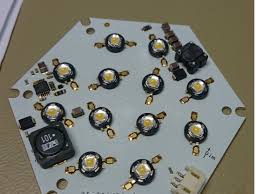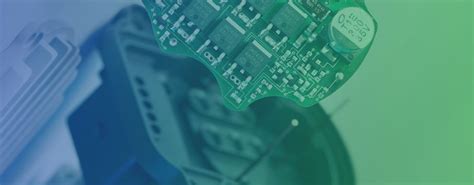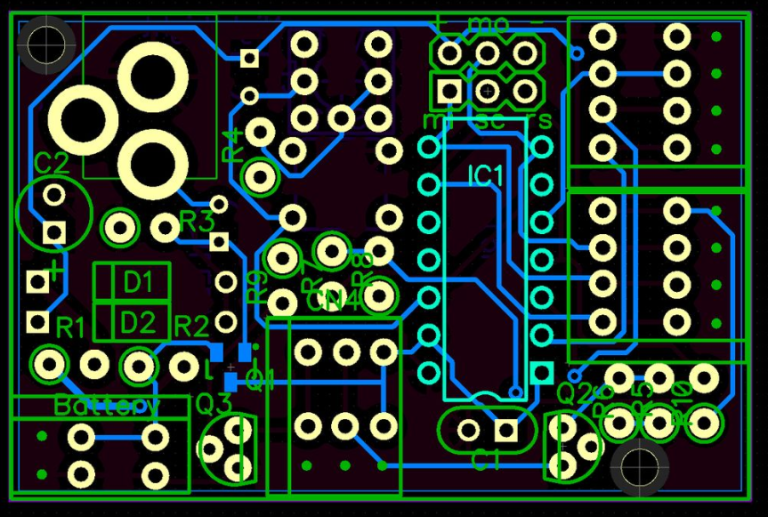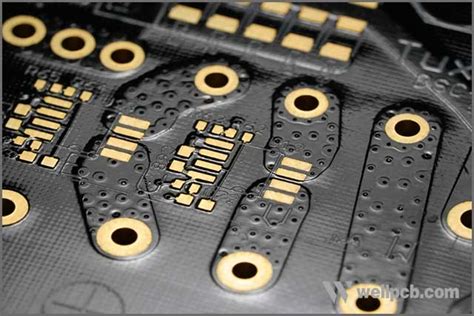led driver pcb manufacturing
Innovations In LED Driver PCB Manufacturing Techniques
In recent years, the field of LED driver PCB manufacturing has witnessed significant innovations, driven by the increasing demand for energy-efficient lighting solutions and the rapid advancement of technology.
As LED lighting continues to gain popularity across various sectors, from residential to industrial applications, the need for more efficient, reliable, and cost-effective LED driver PCBs has become paramount. These innovations are not only enhancing the performance of LED systems but also contributing to the broader goals of sustainability and energy conservation.
One of the most notable advancements in LED driver PCB manufacturing is the integration of advanced materials and components.
Manufacturers are increasingly utilizing high-quality substrates, such as aluminum and copper, which offer superior thermal conductivity and electrical performance. These materials help in dissipating heat more effectively, thereby enhancing the longevity and reliability of the LED drivers. Moreover, the use of surface mount technology (SMT) has become more prevalent, allowing for the placement of smaller and more efficient components on the PCB. This not only reduces the overall size of the LED driver but also improves its performance by minimizing electrical losses.
In addition to material innovations, the manufacturing processes themselves have undergone significant improvements.
Automation and precision engineering have become integral to modern PCB manufacturing, enabling higher production speeds and greater accuracy. Automated optical inspection (AOI) systems are now commonly used to ensure the quality and consistency of PCBs, detecting any defects or irregularities early in the production process. This level of precision is crucial in maintaining the high standards required for LED driver PCBs, which must operate reliably under various environmental conditions.
Furthermore, the adoption of environmentally friendly manufacturing practices is gaining traction within the industry.
As sustainability becomes a key consideration for manufacturers, there is a growing emphasis on reducing waste and minimizing the environmental impact of production processes. Techniques such as lead-free soldering and the use of recyclable materials are becoming standard practices, aligning with global efforts to promote greener manufacturing. These practices not only benefit the environment but also enhance the marketability of LED driver PCBs, as consumers and businesses increasingly prioritize eco-friendly products.
Another significant innovation in LED driver PCB manufacturing is the development of smart and programmable drivers.
These advanced drivers offer greater flexibility and control, allowing users to adjust lighting levels, color temperatures, and other parameters to suit specific needs. The integration of wireless communication technologies, such as Bluetooth and Wi-Fi, further enhances the functionality of these drivers, enabling remote control and monitoring. This level of sophistication is particularly beneficial in applications where dynamic lighting is required, such as in smart homes and commercial buildings.
In conclusion, the innovations in LED driver PCB manufacturing techniques are playing a crucial role in advancing the capabilities and applications of LED lighting systems. By leveraging advanced materials, precision manufacturing processes, and environmentally friendly practices, manufacturers are able to produce high-performance, reliable, and sustainable LED driver PCBs. As technology continues to evolve, it is likely that further innovations will emerge, driving the industry towards even greater efficiency and functionality. These advancements not only meet the growing demand for energy-efficient lighting solutions but also contribute to the broader goals of sustainability and technological progress.
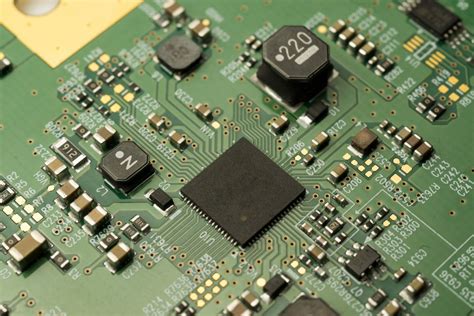
Key Challenges In LED Driver PCB Design And Production
In the realm of modern electronics, LED driver PCBs (Printed Circuit Boards) play a pivotal role in ensuring the efficient operation of LED lighting systems. As the demand for energy-efficient lighting solutions continues to rise, the design and production of LED driver PCBs have become increasingly critical. However, this process is not without its challenges. Understanding these challenges is essential for manufacturers and designers aiming to produce high-quality, reliable LED driver PCBs.
One of the primary challenges in LED driver PCB design is thermal management.
LEDs are highly sensitive to temperature fluctuations, and excessive heat can significantly reduce their lifespan and efficiency. Therefore, effective thermal management is crucial. Designers must carefully consider the placement of components and the use of heat sinks or thermal vias to dissipate heat efficiently. Additionally, selecting materials with high thermal conductivity for the PCB substrate can further enhance heat dissipation. This requires a delicate balance, as the choice of materials can also impact the overall cost and manufacturability of the PCB.
Another significant challenge is ensuring electromagnetic compatibility (EMC).
LED driver circuits can generate electromagnetic interference (EMI), which can affect the performance of nearby electronic devices. To mitigate this, designers must implement strategies such as proper grounding, shielding, and filtering. These measures help to minimize EMI emissions and ensure compliance with regulatory standards. However, achieving EMC can be complex, as it often involves trade-offs between cost, size, and performance. Therefore, designers must carefully evaluate these factors during the design phase.
Furthermore, the miniaturization of electronic components poses additional challenges in LED driver PCB production.
As consumer demand for compact and lightweight devices grows, manufacturers are under pressure to reduce the size of PCBs without compromising functionality. This requires advanced manufacturing techniques, such as surface mount technology (SMT), which allows for the placement of smaller components on the PCB. However, SMT can introduce its own set of challenges, including the need for precise assembly and soldering processes to avoid defects such as solder bridges or tombstoning.
In addition to these technical challenges, supply chain management is a critical consideration in LED driver PCB production.
The global electronics industry is highly interconnected, and disruptions in the supply chain can lead to delays and increased costs. Manufacturers must establish robust supply chain strategies to ensure a steady flow of components and materials. This may involve diversifying suppliers, maintaining adequate inventory levels, and implementing risk management practices to mitigate potential disruptions.
Moreover, quality control is paramount in the production of LED driver PCBs.
Given the critical role these PCBs play in LED lighting systems, any defects or failures can have significant consequences. Manufacturers must implement rigorous testing and inspection processes to ensure the reliability and performance of their products. This includes functional testing, in-circuit testing, and automated optical inspection to identify and rectify defects early in the production process.
In conclusion, the design and production of LED driver PCBs present a range of challenges that require careful consideration and strategic planning. From thermal management and electromagnetic compatibility to miniaturization and supply chain management, each aspect plays a crucial role in the successful development of these essential components. By addressing these challenges effectively, manufacturers can produce high-quality LED driver PCBs that meet the demands of the ever-evolving electronics market.

The Role Of Material Selection In LED Driver PCB Performance
In the realm of LED driver PCB manufacturing, the selection of materials plays a pivotal role in determining the overall performance and reliability of the final product. As LED technology continues to advance, the demand for efficient and durable LED driver PCBs has increased, necessitating a deeper understanding of how material choices impact functionality. The intricate relationship between material properties and PCB performance underscores the importance of meticulous selection processes in the manufacturing phase.
To begin with, the substrate material forms the foundation of any PCB and significantly influences its thermal and electrical properties.
Commonly used substrates include FR-4, a glass-reinforced epoxy laminate, which offers a balance between cost-effectiveness and performance. However, for high-power LED applications, where thermal management is crucial, materials such as metal-core PCBs (MCPCBs) are preferred. These substrates, typically composed of aluminum or copper cores, provide superior heat dissipation, thereby enhancing the longevity and efficiency of the LED drivers. The choice of substrate material, therefore, directly affects the thermal management capabilities of the PCB, which is critical in preventing overheating and ensuring stable operation.
In addition to substrate materials, the selection of conductive materials is equally important.
Copper is the most widely used conductive material due to its excellent electrical conductivity and reliability. The thickness of the copper layer, often referred to as copper weight, is a key consideration, as it determines the current-carrying capacity of the PCB. For LED driver applications, where high currents may be involved, a thicker copper layer is advantageous. This not only supports higher current loads but also contributes to better heat dissipation, further enhancing the performance of the LED driver PCB.
Furthermore, the choice of dielectric materials, which insulate the conductive layers, is crucial in maintaining the electrical integrity of the PCB.
Dielectric materials must possess high thermal stability and low dielectric loss to ensure efficient signal transmission and minimize energy loss. Advanced dielectric materials, such as polyimide, offer superior thermal and mechanical properties, making them suitable for high-performance LED driver applications. The dielectric constant and dissipation factor of these materials are critical parameters that influence the overall efficiency and reliability of the PCB.
Moreover, the surface finish applied to the PCB is another vital aspect of material selection. Surface finishes protect the copper traces from oxidation and provide a solderable surface for component assembly. Common finishes include HASL (Hot Air Solder Leveling), ENIG (Electroless Nickel Immersion Gold), and OSP (Organic Solderability Preservative). Each finish has its advantages and limitations, with ENIG being favored for its excellent surface planarity and long shelf life, making it ideal for high-density and fine-pitch LED driver PCBs.
In conclusion, the role of material selection in LED driver PCB manufacturing cannot be overstated.
From substrates and conductive materials to dielectrics and surface finishes, each choice impacts the thermal, electrical, and mechanical performance of the PCB. As LED technology continues to evolve, manufacturers must remain vigilant in selecting materials that not only meet current performance requirements but also anticipate future advancements. By prioritizing material selection, manufacturers can ensure the production of high-quality, reliable LED driver PCBs that meet the demands of modern lighting applications.
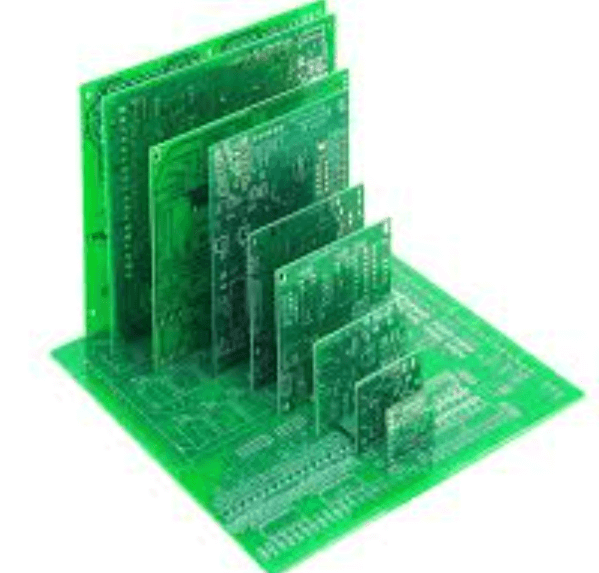
Quality Assurance Practices In LED Driver PCB Manufacturing
In the realm of LED driver PCB manufacturing, quality assurance practices play a pivotal role in ensuring the reliability and efficiency of the final product. As the demand for LED technology continues to surge, manufacturers are increasingly focused on implementing rigorous quality control measures to meet industry standards and customer expectations. The process begins with the selection of high-quality raw materials, which forms the foundation of a robust manufacturing process. By choosing components that meet stringent specifications, manufacturers can significantly reduce the likelihood of defects and enhance the overall performance of the LED driver PCBs.
Transitioning from material selection to the production phase, manufacturers employ advanced techniques such as automated optical inspection (AOI) and X-ray inspection to detect any anomalies in the PCBs.
These technologies allow for the early identification of defects, such as misalignments or soldering issues, which can be rectified before they escalate into larger problems. Furthermore, the use of surface mount technology (SMT) in the assembly process ensures precision and consistency, as it allows for the placement of components with high accuracy. This meticulous attention to detail is crucial in maintaining the integrity of the LED driver PCBs.
In addition to these technological measures, manufacturers also implement comprehensive testing protocols to verify the functionality and durability of the PCBs.
Functional testing, for instance, assesses the performance of the LED driver under various conditions, ensuring that it operates efficiently across a range of voltages and temperatures. Environmental testing, on the other hand, exposes the PCBs to extreme conditions to evaluate their resilience and longevity. By subjecting the products to such rigorous testing, manufacturers can guarantee that the LED driver PCBs will perform reliably in real-world applications.
Moreover, quality assurance in LED driver PCB manufacturing is not solely confined to the production floor.
It extends to the implementation of robust process controls and continuous improvement strategies. Manufacturers often adopt methodologies such as Six Sigma and Total Quality Management (TQM) to streamline their operations and minimize variability. These approaches emphasize the importance of data-driven decision-making and encourage a culture of continuous improvement, where feedback loops are established to identify areas for enhancement. By fostering an environment of constant evaluation and refinement, manufacturers can maintain high standards of quality and adapt to evolving industry demands.
Furthermore, the role of skilled personnel cannot be overlooked in the quality assurance process.
Training and development programs are essential in equipping employees with the necessary skills and knowledge to execute their tasks with precision. By investing in their workforce, manufacturers ensure that their teams are well-versed in the latest industry practices and technologies, thereby enhancing the overall quality of the LED driver PCBs.
In conclusion, quality assurance practices in LED driver PCB manufacturing are multifaceted and encompass a range of strategies aimed at ensuring the reliability and efficiency of the final product. From the careful selection of raw materials to the implementation of advanced inspection technologies and comprehensive testing protocols, manufacturers leave no stone unturned in their quest for excellence. By integrating process controls and fostering a culture of continuous improvement, they can adapt to changing industry landscapes and consistently deliver high-quality products. Ultimately, these practices not only enhance the performance of LED driver PCBs but also contribute to the broader goal of advancing LED technology in various applications.

